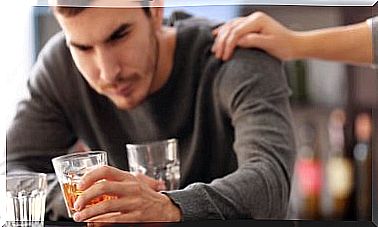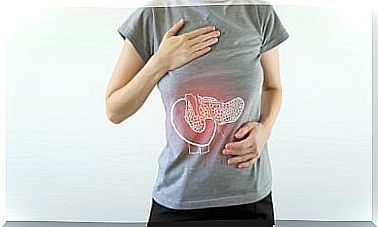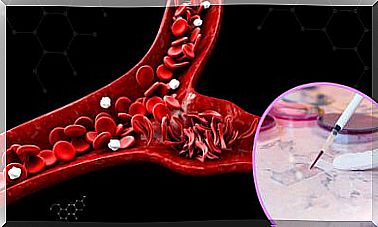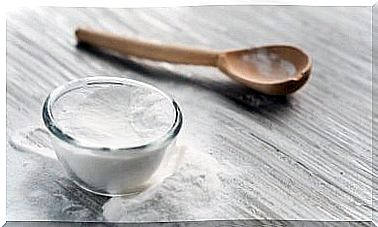Types Of Aging
Not all people manage to have the same types of aging . Today we live longer globally. For the first time in history, the majority of the population has a life expectancy of 60 years or more.
In this way, all countries face significant challenges in ensuring that health and social systems are prepared to face this change at the demographic level. To do this, we must know what types of aging exist and which is the most suitable. In this article we detail it.
What do we understand by aging?
Aging is defined as the chronological passage of time over the human body. In biology, it is an accumulation of multiple cellular and molecular damages over time, which leads to a decrease in both physical and mental capacities and, in turn, increases the risk of suffering diseases and death.
In addition, increasing life expectancy offers new opportunities. In those additional years of life, new activities can be undertaken, such as continuing studies, starting a new profession or returning to old hobbies.
However, the development of these opportunities depends, to a large extent, on the most important factor: health. As a general rule, if older people can live in good health they will be able to do similar things to a young person.
On the contrary, if many disabling diseases appear, their quality of life will be affected. This is where the different types of aging that we can find appear.
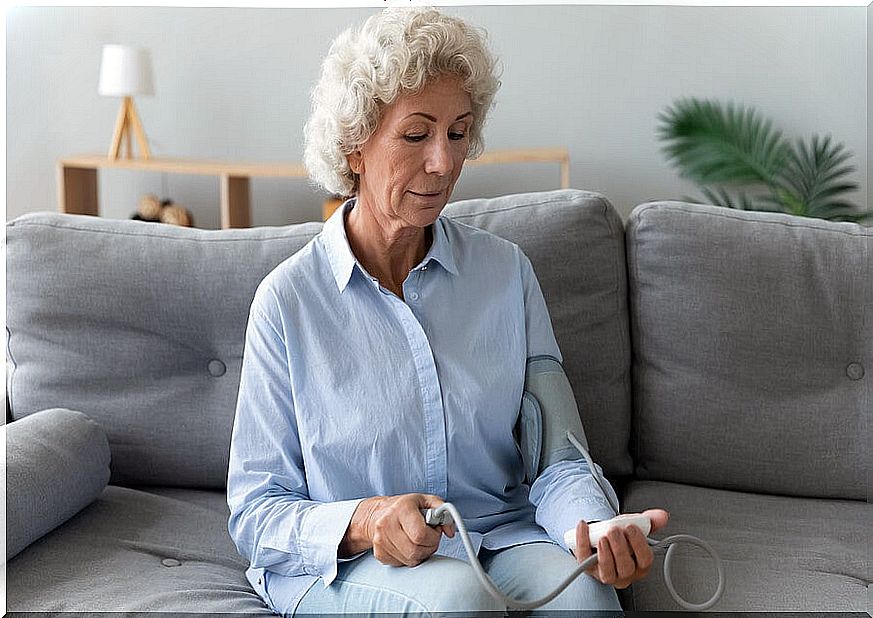
What influences aging?
Changes in aging do not follow the same line for everyone. On the contrary, old age occurs very differently in each one of us and is influenced by a multitude of factors that condition us. First of all, the key elements of old age are:
- Genetic factors.
- The passage of time as a process of wear. Biological factors such as the deterioration of the body’s systems.
- The lifestyle, the environment and the social situation.
It is surprising, but it has been seen that health decreases not so much because of the use we make of the body, but because of disuse. An example of this is retirement. In addition, the body is highly modifiable and can be improved or maintained with physical and mental exercises.
Characteristics that change with age
Unfortunately, with the passage of time the particularities change, even with respect to ourselves. The characteristics of old age include those discussed below:
- Heterogeneity : there is a lot of variability in the aging of people. There are sedentary individuals who do not do any type of physical activity and live for many years. Others, on the other hand, spend their lives in jobs that require mental agility and, once they retire, develop the disease that leads to faster aging.
- Vulnerability : high risk of disease and frailty.
- Comorbidity : there are often multiple diseases that appear one on top of the other (domino effect).
- Iatrogenesis : people who are multi- medicated or who take medication in the wrong way. These drugs can have serious side effects. They are very common problems that can go unnoticed and cause greater vulnerability.
- Precariousness : they can present frequent social deficits or many end up living in isolation, which increases fragility.
- Reduced adaptability to changes (social, environmental and biological): the older the age, the smaller the comfort zone.
- Dependence on other people.
- The negative stereotypes created by society feed negative attitudes towards older people: “older people are useless” , “they are just a family burden”, and so on.
Knowing all the factors and characteristics that influence us and that increase with age, there are different ways of aging, depending on the type of life, genetics and the environment that surrounds us.
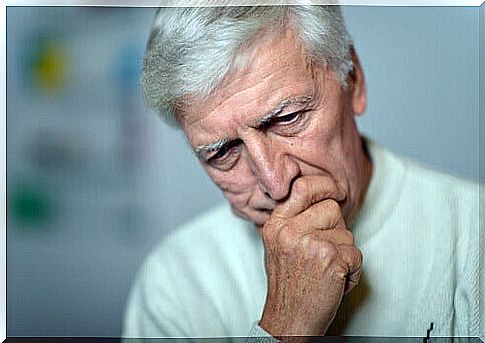
What forms of aging can we find?
Due to all of the above, aging can occur as different types. We detail them below.
- Senescence: normal aging that makes us lose functions little by little, naturally.
- Successful aging (E. successfully) : senescence that lasts up to 90-100 years (centenarians).
- E. healthy (WHO): aging without dependency, free of disabilities.
- E. active (WHO): aging while preserving functional capacities to the maximum and in full physical, mental and social activity.
Good habits for healthy aging
The best way to age would be to do it in a healthy way combining active aging.
For this, health promotion should be taken into account, focused on promoting habits such as the following:
- A balanced nutrition.
- Daily physical and mental activity.
- Interaction of the elderly in society.
- A healthy environment.
- A social and welfare policy.
- Assistance and support in the dependency.
At a general level, life expectancy is related to the habits and environment of the person. Therefore, to live a healthy and peaceful old age, it is recommended to follow the aforementioned advice. In addition, it is advisable to visit the doctor periodically to detect possible health problems in a timely manner.
